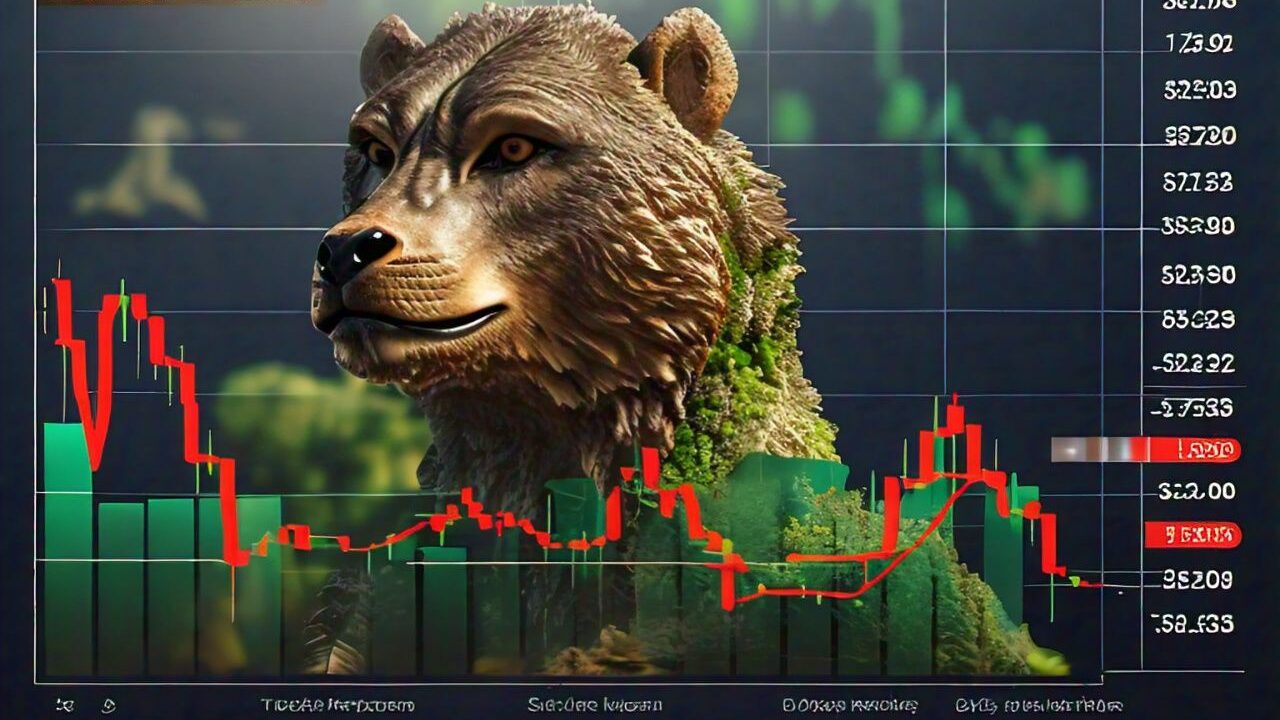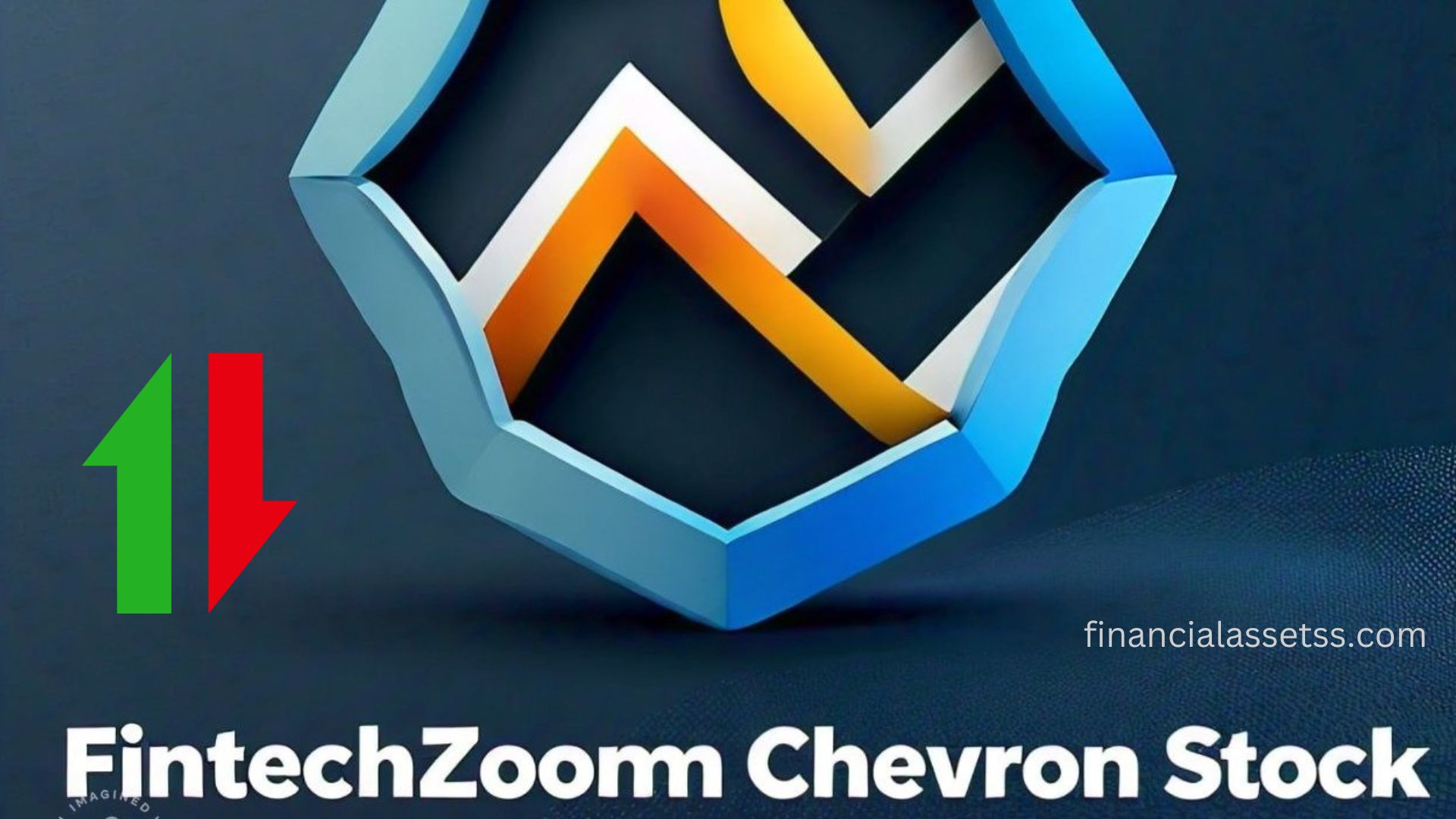FintechZoom Chevron Stock: Chevron Corporation, founded in 1879, stands as one of the largest integrated oil companies in the world.
With its headquarters in San Ramon, California, Chevron operates across the entire energy sector, including exploration, production, refining, and marketing of oil and gas.
Given the inherent volatility of the energy market and external factors that can influence pricing, investors must stay informed about Chevron’s stock performance and prospects.
In this comprehensive guide, we will explore the intricacies of investing in FintechZoom Chevron Stock, utilizing insights from FintechZoom.
We’ll delve into Chevron’s historical performance, current market trends, key factors driving its stock price, and investment strategies to maximize returns.
FintechZoom and Its Role in Analyzing Chevron Stock
FintechZoom serves as a vital resource for investors seeking insights into the financial markets, especially in the energy sector. It provides real-time data, expert analyses, and market trends that are crucial for making informed investment decisions.
By focusing on Chevron stock, FintechZoom enables investors to navigate the complexities associated with energy investments, particularly amid market fluctuations.
The Importance of Chevron’s Historical Performance

To appreciate Chevron’s current market standing, we must look at its historical performance. Over the past few years, Chevron has demonstrated remarkable resilience in the face of global market fluctuations.
Notably, the company has managed to recover from significant downturns, showcasing effective management and strategic direction.
Historical Resilience
For example, during the oil boom in the early 2000s, Chevron’s stock prices surged due to high oil demand. Conversely, during the 2008 financial crisis, Chevron’s robust operational framework allowed it to bounce back quickly.
More recently, the COVID–19 pandemic led to unprecedented declines in oil demand and prices, yet Chevron’s stock has shown signs of recovery as the economy rebounds.
Moreover, Chevron’s strategic shift towards renewable energy demonstrates its adaptability in an evolving market. This transition not only reflects a commitment to sustainability but also helps to build investor confidence in the company’s long-term viability.
Recent Chevron Stock Performance & Volume Analysis
Chevron Corporation stock is trading at $154.43 per share on the New York Stock Exchange.
| Price (Close) | $155.41 |
| Market Cap | $291.07 billion |
| 52-Week High | $172.88 |
| 52-Week Low | $139.62 |
| PE Ratio (TTM) | 13.80 |
| EPS (TTM) | $11.36 |
| Dividend Yield | 4.20% |
| Ex-Dividend Date | Feb 15, 2024 |
| Analyst Price Target | $180.94 (16.32% upside) |
Current Market Trends Impacting Chevron Stock
Oil Prices and Their Volatility
One of the most significant factors affecting Chevron’s stock is the volatility of oil prices. As a leading player in the oil industry, Chevron’s financial performance is closely tied to global oil supply and demand dynamics.
Recent geopolitical events, economic conditions, and regulatory changes can lead to rapid fluctuations in oil prices, directly influencing Chevron’s profitability.
Geopolitical Tensions
Geopolitical events, such as conflicts in oil-producing regions, can lead to supply disruptions that drive oil prices higher. For instance, sanctions on countries like Iran and Venezuela have resulted in significant shifts in oil pricing, impacting companies like Chevron.
Case Study: The Russia-Ukraine Conflict (2014)
The annexation of Crimea by Russia led to Western sanctions, which caused oil prices to soar due to concerns over supply disruptions. Chevron, with substantial European operations, faced significant stock price volatility during this period.
Case Study: Drone Attacks on Saudi Oil Facilities (2019)
In September 2019, drone attacks on Saudi Arabian oil facilities resulted in a substantial drop in oil production. This incident led to a spike in global oil prices, and Chevron’s stock responded accordingly, reflecting both risks and opportunities associated with supply disruptions.
Company-Specific Developments
Another critical aspect influencing Chevron’s stock is company-specific news. Announcements regarding mergers, acquisitions, leadership changes, or significant investments can result in immediate market reactions.
Quarterly earnings reports are also essential for understanding Chevron’s operational efficiency and financial health.
For instance, recent strategic investments in renewable energy have positively impacted investor sentiment. As the company shifts towards more sustainable practices, it aligns itself with global energy trends, boosting confidence in its long-term growth potential.
Key Factors Driving Chevron Stock Prices
1. Geopolitical Influences
As highlighted earlier, geopolitical events play a crucial role in determining Chevron’s stock performance. Investors must keep an eye on the political landscape, as decisions made in oil-producing regions can drastically affect supply chains and pricing.
2. Oil Price Fluctuations
The relationship between Chevron’s stock price and global oil prices is direct and pronounced. When oil prices decline, the company’s profit margins shrink, adversely affecting its earnings.
Conversely, higher oil prices typically translate into increased revenues and profitability.
3. Financial Metrics
Investors should closely monitor Chevron’s financial metrics, such as revenue, earnings per share (EPS), and debt ratios. These indicators provide insights into the company’s operational health and financial stability.
Revenue and Sales
Chevron’s revenue is primarily derived from its oil and gas production. A robust revenue stream indicates strong demand for Chevron’s products, which typically correlates with higher stock prices.
Debt Ratios
The debt-to-equity ratio is a critical measure of financial health. A lower debt-to-equity ratio signifies that the company is less reliant on borrowing, reducing financial risk. Investors should analyze these ratios to assess Chevron’s capacity to manage its debt load effectively.
Guide to Using FintechZoom for Chevron Stock Investments
To enhance your understanding of Chevron’s stock and make informed investment decisions, here’s a step-by-step guide to utilizing FintechZoom’s resources:
1. Review Expert Analyses
Before investing, consult expert reviews and analyses from reputable sources. FintechZoom provides expert opinions that can offer insights into Chevron’s market performance and future potential.
2. Understand Profit Margins
Examine Chevron’s earnings per share (EPS) and net income to assess profitability. Understanding these metrics will help you gauge the company’s financial health and operational efficiency.
3. Evaluate Debt Ratios
Analyze Chevron’s debt ratios to determine financial stability. A favorable debt-to-equity ratio indicates a sound financial structure, which can positively influence stock performance.
4. Compare Market Rates
Investigate the performance of competitor organizations to make informed short-term and long-term investment decisions. By comparing Chevron with peers, you can identify potential investment opportunities.
Chevron Stock vs. Renewable Energy Stocks

Comparative Analysis
When analyzing Chevron’s performance against renewable energy stocks, several criteria should be considered, including revenue growth, profitability margins, return on investment (ROI), and market capitalization. Chevron has traditionally excelled in revenue generation due to its established position in the oil and gas sector.
However, as the world increasingly shifts towards clean energy solutions, top renewable energy companies like NextEra Energy and Vestas Wind Systems have shown impressive growth rates.
This juxtaposition highlights the need for investors to consider both traditional and renewable energy investments.
Investor Perspective
Investors must weigh the stability of conventional energy stocks like Chevron against the growth potential of renewable energy firms.
While established companies often provide steady dividends and reliable market positions, renewable energy stocks present opportunities for significant growth.
A balanced portfolio that includes both traditional and renewable energy investments can mitigate risks while capitalizing on growth opportunities in both sectors.
Chevron Stock Investment Tips from FintechZoom Experts
Expert Strategies for Investing in Chevron Stock
Data-driven insights from FintechZoom experts suggest various strategies for investing in Chevron:
1. Timing the Market
Utilize technical analysis to identify optimal buy and sell points based on moving averages and trading volumes. This approach can help you maximize your investment returns by making informed decisions.
2. Long-Term Holding Strategy
Given Chevron’s history of strong dividend yields, adopting a buy-and-hold strategy can be beneficial for long-term investors. Holding onto Chevron stock during market fluctuations may yield substantial returns over time.
3. Short-Term Trading Opportunities
For those interested in capitalizing on market volatility, swing or day trading can provide opportunities for quick profits. Focus on earnings releases and industry news to gauge potential price movements.
Risk Management Techniques
Diversification is key to managing risks associated with Chevron stock. By spreading investments across various sectors, investors can minimize exposure to industry-specific downturns. Options trading can also serve as a protective measure against sudden price declines.
Diversification Strategies to Balance Investment Portfolios
Integrate investments in reliable dividend-paying blue-chip companies, high-growth renewable energy stocks, and other asset classes such as bonds and real estate.
This diversified approach can reduce portfolio volatility while generating multiple income sources.
Using FintechZoom’s powerful analytics, investors can continuously evaluate and adjust their portfolios to align with their financial goals and market conditions.
FintechZoom’s Price Predictions for Chevron Stock in 2024

Expert Forecasts
Top analysts at FintechZoom employ advanced modeling techniques to predict Chevron’s stock performance for 2024.
These models consider various factors, including global oil prices, Chevron’s investments in renewable energy, geopolitical stability, and technological advancements in the energy sector.
Under favorable conditions, analysts project a modest increase in Chevron’s stock, driven by strategic investments in sustainable energy and a steady recovery in oil demand.
Anticipated Market Conditions
The market outlook for 2024 anticipates moderate economic growth, stabilization of oil prices, and increased regulatory focus on carbon emissions. These elements will present both opportunities and challenges for Chevron.
While stricter environmental regulations may necessitate further investments in renewable energy technologies, Chevron’s established operations are likely to benefit from a stable oil market. Investors must remain aware and adaptable to navigate this changing landscape effectively.
Conclusion
Investing in Chevron stock necessitates a well-rounded approach that balances traditional energy dynamics with the company’s shift toward sustainability. By utilizing the comprehensive tools and insights offered by FintechZoom, investors can make informed decisions aligned with market trends.
As the energy landscape continues to evolve, staying updated on industry developments, economic conditions, and Chevron’s strategic initiatives will enhance your investment strategies and potentially increase returns.
Whether you are a short-term trader or a long-term investor, leveraging the resources available at FintechZoom empowers you to confidently navigate the complexities of the market.
Investing in Chevron stock offers a blend of stability and growth potential, making it an attractive option for various investor profiles.
By understanding the factors influencing Chevron’s performance and employing effective strategies, you can position yourself for success in the ever-changing energy sector.
FAQs: FintechZoom Chevron Stock
1. What is Chevron Corporation?
Chevron Corporation is one of the largest integrated oil companies globally, involved in all aspects of the energy sector, including exploration, production, refining, and marketing of oil and gas. It was founded in 1879 and is headquartered in San Ramon, California.
2. How does FintechZoom help investors with Chevron stock?
FintechZoom provides real-time data, expert analyses, and market trends specifically related to Chevron stock. It helps investors make informed decisions by offering insights into the company’s performance and the broader energy market.
3. Why is understanding Chevron’s historical performance important?
Examining Chevron’s historical performance helps investors identify trends, resilience in the face of market fluctuations, and the company’s strategic direction, which are critical for making informed investment decisions.
4. What factors influence Chevron’s stock price?
Key factors include:
Oil price fluctuations
Geopolitical events and tensions
Company-specific news and financial metrics
Market conditions and economic growth
5. How can investors use FintechZoom to analyze Chevron stock?
Investors can review expert analyses, assess financial metrics, compare market rates, and stay updated on industry news using FintechZoom’s tools to make informed investment decisions.
6. What are the risks associated with investing in Chevron stock?
Risks include volatility in oil prices, geopolitical tensions affecting supply chains, and changes in market demand. Additionally, competition from renewable energy sources poses a long-term risk.
7. How can investors manage risks when investing in Chevron stock?
Diversification across different sectors, using stop-loss orders, and regularly reviewing financial metrics can help manage risks associated with investing in Chevron.
8. How does Chevron compare to renewable energy stocks?
Chevron offers stability and established dividends, while renewable energy stocks provide significant growth potential. A balanced portfolio including both types of investments may mitigate risks and capture growth opportunities.

